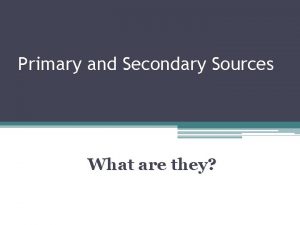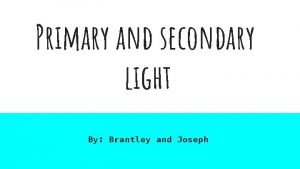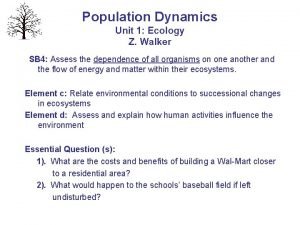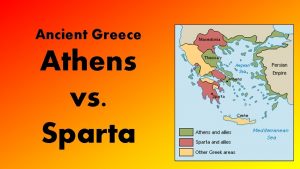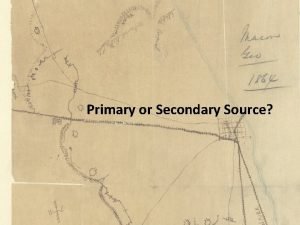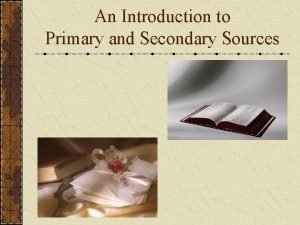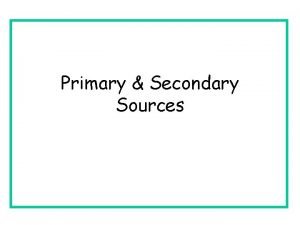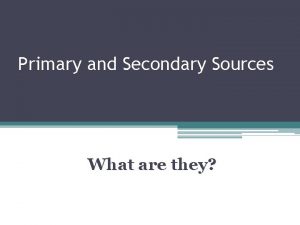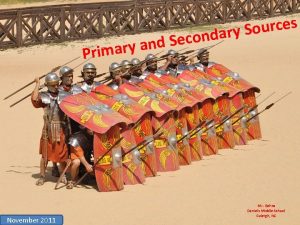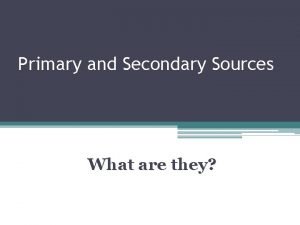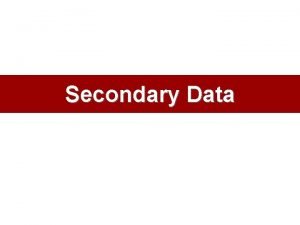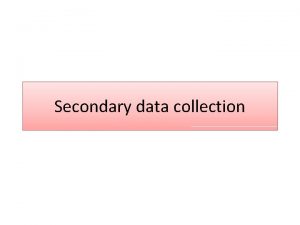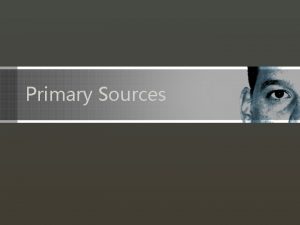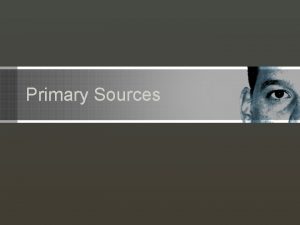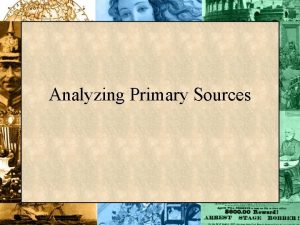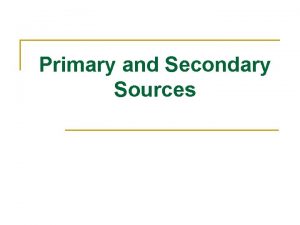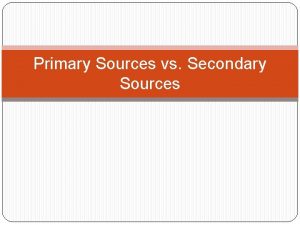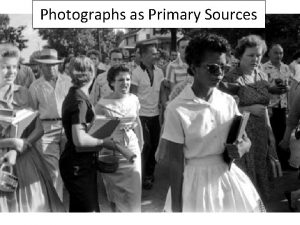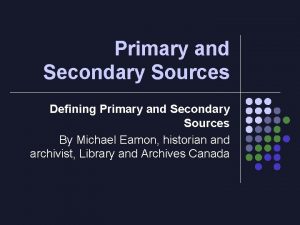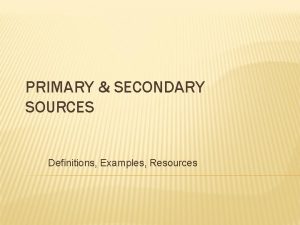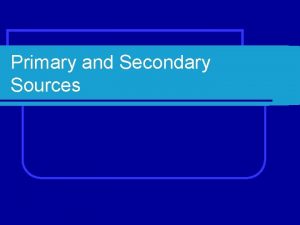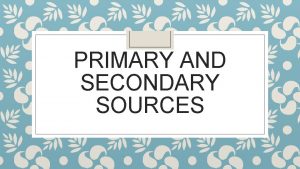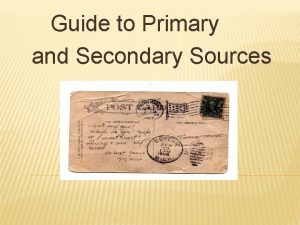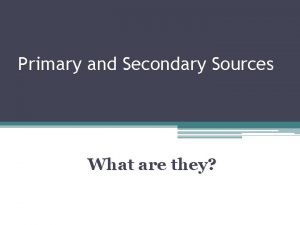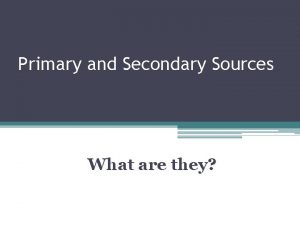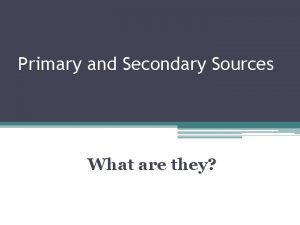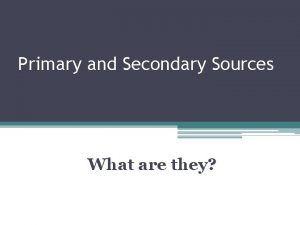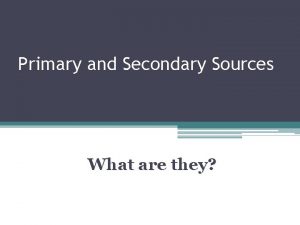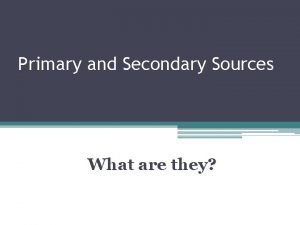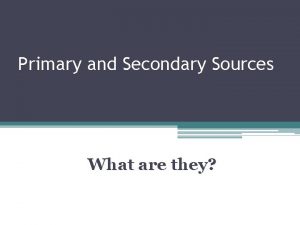Primary and Secondary Sources What are they and


























- Slides: 26

Primary and Secondary Sources What are they and why do you need to know?

Credits http: //www. archives. state. al. us/activity/actvty 0 6. html

Primary Sources Primary sources are the most important and reliable sources of information. Primary sources were created during the time period being studied. Primary sources are not just books! They can be anything or anyone who was there when an event happened.

Primary Source Examples Primary sources can be a person

Primary Sources Primary sources can be a piece of clothing from the time period.

Primary Sources Primary sources can be a map, a coin, a stamp, or a diploma.

Primary Sources Primary sources can be diaries or autobiographies.

Primary Sources Primary sources can be newspapers from the time in which the event happened.

Primary Sources Primary sources can be government documents, personal records, or audio/video recordings.

Secondary Sources A secondary source is an account of the past created by someone writing about events after they happened.

Secondary Sources A secondary source might be a Social Studies textbook that has an exact quote of Dr. Martin Luther King’s I Have A Dream speech OR A book on the Civil War that has a picture from the Battle of Gettysburg

Primary or secondary? Diary kept by John Smith, a soldier in the Confederate Army published in a series of Alabama papers.

Primary or Secondary? A photograph of George Washington Carver taken in 1898?

Primary or Secondary? Scrapbook kept by Mrs. Mary Smith in 1883 with copies of recipes and household hints

Primary or Secondary? Biography of George Washington

Primary or Secondary? Newspaper article about the assassination of President John Kennedy, written on Nov. 23, 1963

Primary or Secondary? Television mini-series about President Franklin Roosevelt’s life

Primary or Secondary? Photo album with pictures of classmates at Tuskegee Institute in 1923

Primary or Secondary? Article about President Barack Obama in People magazine in 2008.

Primary or Secondary? Information about Cherokee Native Americans in World Book Encyclopedia

Primary or Secondary? Letter from Emily Smith written to her friend Pamela Jones, May 3, 1826 describing her journey by covered wagon from North Carolina to Huntsville, Alabama and the log cabin her father was building

Primary or Secondary? Matthew Mason’s will, dated 1896

Primary or Secondary? Cassette tape of an interview with Dr. Lee describing his medical practice in Hamilton County in the 1920’s

Primary or Secondary? Map of Tennessee, drawn by a cartographer in 1823

Internet Source Reliability Author's education, training, and/or experience in a field relevant to the information. Look for biographical information, the author's title or position of employment Author provides contact information (email or snail mail address, phone number) Organizational authorship from a known and respected organization (corporate, governmental, or non-profit) Author's reputation or standing among peers. Author's position (job function, title)

URL……. Who to Believe If the site name ends with. edu, it is most likely an educational institution. Even so, you should be aware of political bias. If a site ends in. gov, it is most likely a reliable government web site. Government sites are usually good sources for statistics and objective reports. Sites that end in. org are usually non-profit organizations. They can be very good sources or very poor sources, so you'll have to take care to research their possible agendas or political biases, if they exist. A reputable journal or magazine should contain a bibliography for every article. The list of sources within that bibliography should be pretty extensive, and it should include scholarly, non-Internet sources.
 Insidan region jh
Insidan region jh Primary and secondary tertiary sources
Primary and secondary tertiary sources What is a primary source
What is a primary source Secondary light source
Secondary light source Ecological succession
Ecological succession Primary source of visible light
Primary source of visible light Print sources of information
Print sources of information Imp of water resources
Imp of water resources Athens and sparta primary sources
Athens and sparta primary sources Syndicated data vs secondary data
Syndicated data vs secondary data Secondary sources
Secondary sources Is an illustration a primary or secondary source
Is an illustration a primary or secondary source Secondary brand associations examples
Secondary brand associations examples Ornaments primary or secondary source
Ornaments primary or secondary source Data collection secondary data sources
Data collection secondary data sources Whats a primary source
Whats a primary source Secondary sources
Secondary sources Why autobiography is a primary source
Why autobiography is a primary source Secondary sources
Secondary sources Secondary sources
Secondary sources Secondary sources
Secondary sources Secondary sources of history
Secondary sources of history Secondary sources
Secondary sources Building customer based brand equity
Building customer based brand equity Syndicated sources of secondary data
Syndicated sources of secondary data What are secondary data
What are secondary data Bluebook secondary sources
Bluebook secondary sources


